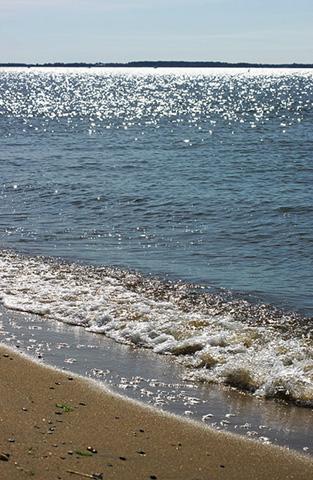Working to Keep the Chesapeake Bay Healthy

The Chesapeake Bay is the largest and most productive estuary in the United States and third largest in the world. Approximately half the water in the Bay comes from its 64,000 square mile watershed. A watershed is an area of land that can contribute water into a stream, river, lake, or bay. The Chesapeake Bay's watershed includes land in all or part of six states, from New York to Virginia. That's a lot of land, and as you can imagine over time urban development, agriculture, and industrialization in those areas have affected the water quality of the Bay's watershed.
The Bay has regional, national, and global importance—providing food sources, recreational opportunities, and access to major shipping routes. It is vitally important to protect it from the harmful effects of pollution and climate change. ARS scientists are conducting research to better understand the Bay's ecosystem (e.g., water quality, soil health, wildlife habitat, food production). This will benefit not only the United States, but also conservation efforts in the other global estuaries, like the Baltic Sea.
You can learn more in "Improving the Water Quality of the Chesapeake Bay".


